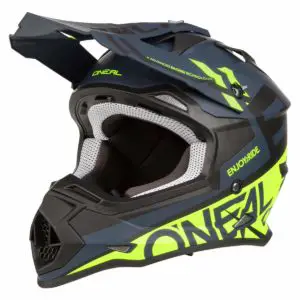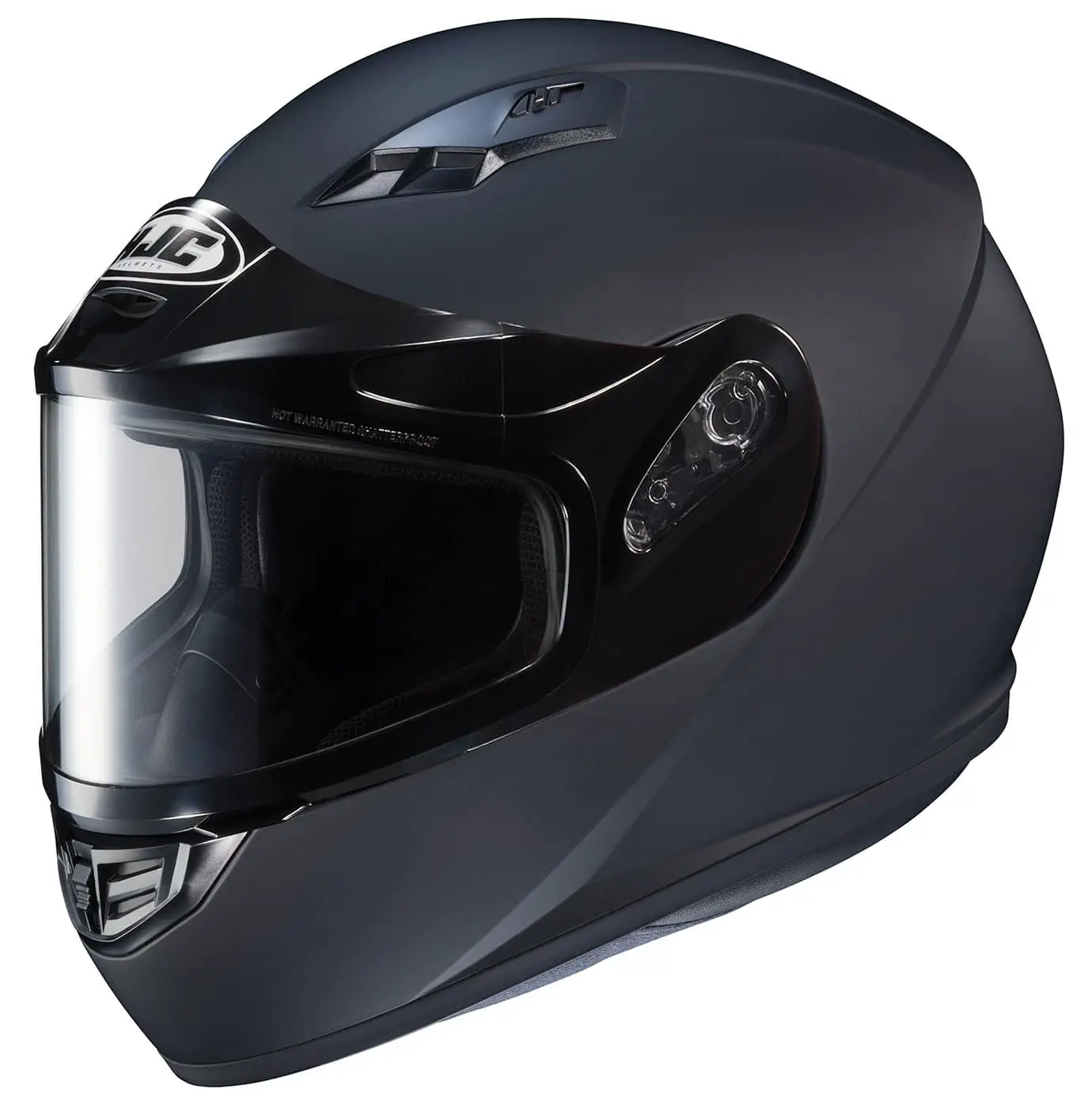Snowmobile helmets vs. motocross helmets
Are these different or can you use one for both sports?
Helmets are that piece of gear in your equipment that is NOT optional. When riding a car of any sort, you are inside a habitat. The build of the car protects you from the outside factors.
When riding a snowmobile or a motorcycle, you are out in the open, so you need to ensure you have protection. This is the main reason and focus of a helmet – safety. And you cannot put a price on that, but you can put prices on various helmets. Thus, no matter what extreme sport you practice, you need to shield your head.
But, are helmets universal?
Are snowmobile and motocross helmets the same?
Short and to the point: no! Each type of helmet has a particular structure. This structure has been studied and put together to offer the highest degree of protection possible. Of course, this also is adapted to each particular sport and the potential dangers it exposes you to.
Therefore, the primary difference between a snowmobile helmet and one for motocross is the shield. A helmet dedicated to snowmobile use is made out of a double pane shield. By comparison, a motocross helmet will only have a one pane shield.

Motocross helmet

Snowmobile helmet
Motocross & snowmobile helmets compared
At first, you might think to yourself a double pane is better than one. However, the reasoning goes beyond that.
Single pane shield vs. Dual pane shield
In motocross, the shield needs to offer extreme protection from impact. This means the shield needs to be harder and more resistant to impact. A single, harder-paned shield will do a great job if properly manufactured.
For snowmobiles, you not only need to prevent impact but have to keep away the cold as well. This means that a helmet designed for snowmobiles will have a dual-paned shield also to isolate the cold. In addition, the two panes have the role of minimizing the fogging effect on the shield from the cold weather.
In between the two panes, there is a thin layer of gas. This layer prevents the heat transfer acting as insulation.
A single shield motocross helmet does not withstand the low temperatures involved in winter sports.
We’ve talked about the main difference between the two types and their most important common factor – protection.
Now let’s see what elements form a helmet for both activities and how they compare to one another.
Helmet types
First off, there a many types of helmets available. In order to choose one that suits you, you need to consider what type of rider are you. Once you get your answer, you can make a good purchase.
The basic types are these:
Snowmobile helmets
- Full Face
- Modular
- Dual Sport Style
- Snocross/Motocross (do not get confused, it is a type name, not a double use helmet)
Motocross helmets
- Full Face
- Off-road
- Modular/Flip-up
- Open face or ¾ helmet
- Half helmet
Looking at the lists of helmet types, it becomes obvious that they all bare a resemblance.
The full head helmet covers the entire head, has few to no moving parts, and offers the best protection. In both activities, the full head is protected from great impact; while in snowmobiling, it also keeps the cold and wind noise out.
The modular helmet is a compromise between the full head and open face helmet by allowing the chin to be free. However, it does have a chin protection bar that the rider can choose to move aside or remove. Although the protection is lower on this style, some opt for it because of the easy access to their face. If you stop often and need to drink water, for example, it is less frustrating with the modular helmet.
Breath guard
You will find this feature in snowmobile helmets but not in motocross types. This guard seals your nose and mouth so that the air will not condense on the shield. In turn, the breath guard redirects the air you expel to the bottom of the helmet and out.
There are options to install a breath guard later if your helmet does not have one from the start.
Ventilation systems
Either on a snowmobile or a motorcycle, ventilation is important. If the air cannot move through, moisture and heat will build up.
When using a snowmobile during winter conditions, the moisture can build up inside and become sticky and uncomfortable. For motocross riders, the problem is similar but not due to the temperature. Usually, the temperatures are high when doing motocross, and, if the heat cannot disperse, you get very hot. The same goes for the moisture factor, which can also impair your vision.
Some helmets come with adjustable vents that allow the rider to choose how much airflow to circulate.
Safety regulations & ratings
When you buy a helmet, you need to know how safe it is for you. After all, we established that protection is the main goal. To help assess this, safety systems have been developed. Nevertheless, laws vary greatly worldwide, and countries have different standards and guidelines.
Basically, what they measure in a helmet is:
- Impact – the shock absorbing capacity
- Penetration – the ability to withstand an impact with a sharp object
- Retention – how well the chin strap holds fastened
- Peripheral vision – how wide is the visual field
Among the many systems defined, we’ll mention 3 frequently used:
DOT – all helmets should at least pass this standard and be DOT certified.
Snell – this is a standard set by a US non-profit named after a well-known sports car racer who died due to head injuries. He was wearing a helmet that failed to offer enough protection. This organization sets a much higher standard. They test the helmets themselves to make sure they comply.
ECE – this is a standard set by the Economic Commission for Europe. It is comparable to the DOT with a few additional criteria. They also require a sample helmet to be sure it meets the conditions.
These kinds of security systems apply to all helmets: snowmobile or motocross. When buying one for yourself, you can verify the safety level by checking the certifications.
Next time you’re shopping for a helmet, think safety first and money later. Do your research and make sure it is a certified helmet that will protect your life. Using the same helmet for motocross as well as on your snowmobile might be money saving short-term. But on the long-term, your life is on the line.
